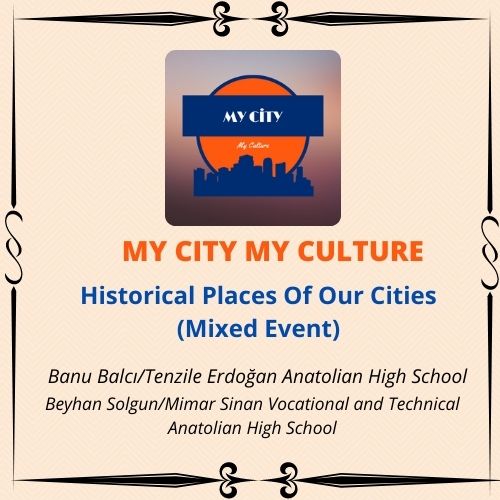

Balikesir Historical Places
Balıkesir, a city quite famous for its location at the meeting point of the Aegean and Marmara regions and its natural areas, is also a settlement known for its deep-rooted history. The city, which has hosted many different civilizations for centuries, is known as the Ancient Mysia Region.
Many historical places and structures that were built by the Persians and survived until today have the features you need to see. You can find many reasons to visit Balıkesir, which has a great historical importance as it is in the middle of Istanbul and Izmir and is one of the western gates of the country. Although the city center does not have a coastline, it is worth seeing due to its proximity to ancient cities and natural beauties.
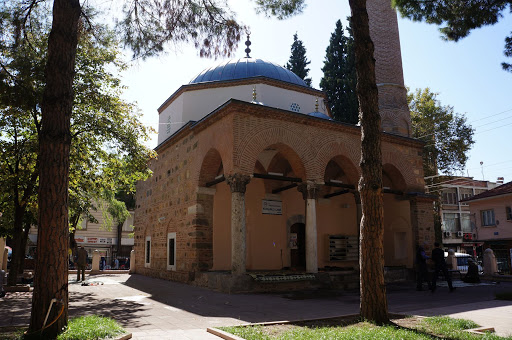
Kursunlu Mosque
Kurşunlu Mosque, also known as Hekimzade Yusuf Sinan Mosque, is known as the oldest mosque in Edremit district center. The historical building is located in Hekimzade Neighborhood in the town centre. Hekimzade Yusuf Sinan, who is thought to be one of the commanders who contributed greatly to the conquest of Edremit during the Seljuk period, is the person who gave the mosque its name and had it built.
The tomb of Hekimzade Yusuf Sinan, who died in 1300, is another sightseeing spot right next to the mosque. The inscription in the tomb is the oldest in Balikesir.
The columns holding the arches of the mosque, which has a single dome, have a very ornate structure.
In addition to the mosque door, which attracts attention with its wooden carving workmanship, various trees in its garden and the mosque fountain are among the details worth seeing. The historical mosque, which you must see during your visit to Edremit, is open to visitors and worship as one of the most beautiful examples of Seljuk architecture.
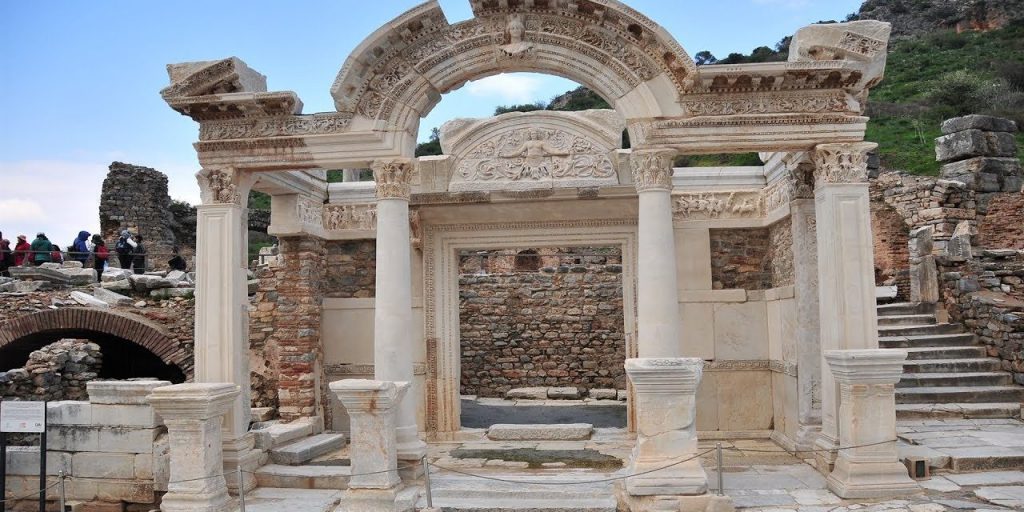
Kyzikos Ancient City
Kyzikos, which was one of the most known ancient cities of Balıkesir or Mysia region in ancient times, is located on the Kapıdağ Peninsula, which was called Ayı Mountain or Ayı Mountains in ancient times. The ancient city, which is only 8 km away from the town center of Erdek, can be easily reached by the Bandırma-Erdek highway.
If we look at the history of the city, it is thought to be between 300 and 1200 BC, namely the Bronze Age. However, it is a fact that there is no finding that can solve this problem.
According to many authoritative researchers and archaeologists, the history of the ancient city coincides with the colonization of Miletos in the 8th century BC. In 543 AD, Kyzikos was shaken by a great earthquake. The earthquake, which caused the marbles in the city to be taken to Istanbul, caused visible damage to Kyzikos.
At the same time, the people living in the region had to migrate to Erdek and after the last big earthquake in 1063, there was no one left in Kyzikos. The Kyzikos region, which was captured by the Seljuks in 1085, began to be ruled by the Ottomans in 1336 and has survived until today. You can reach Düzler by using the bus services organized between Erdek-Bandırma to reach the city, or if you have a private vehicle, you can enter the Bandırma-Erdek highway and follow the signs.

Antandros Ancient City
Antandros Ancient City, located in the Altınoluk District of Edremit, is a city that played a very important role in history in terms of providing road control between the city of Mysia and the city of Troy. The history of the ancient city dates back to about 3000 years ago.
Many finds belonging to the ancient city, where many field excavations were made, were also recovered. Known as a Roman villa and also called a hillside house, the mosaics on the floor and the fresco decorations on the walls revealed the idea that the building belonged to an important person.
The villa also has six rooms, toilet, kitchen, terrace and a magnificent Turkish bath.
Excavations continue in the ancient city, located on Kaletaşı Hill, at the foot of Kaz Mountain, close to the Edremit Çanakkale road. Excavations in the ancient city have been going on since 2000.
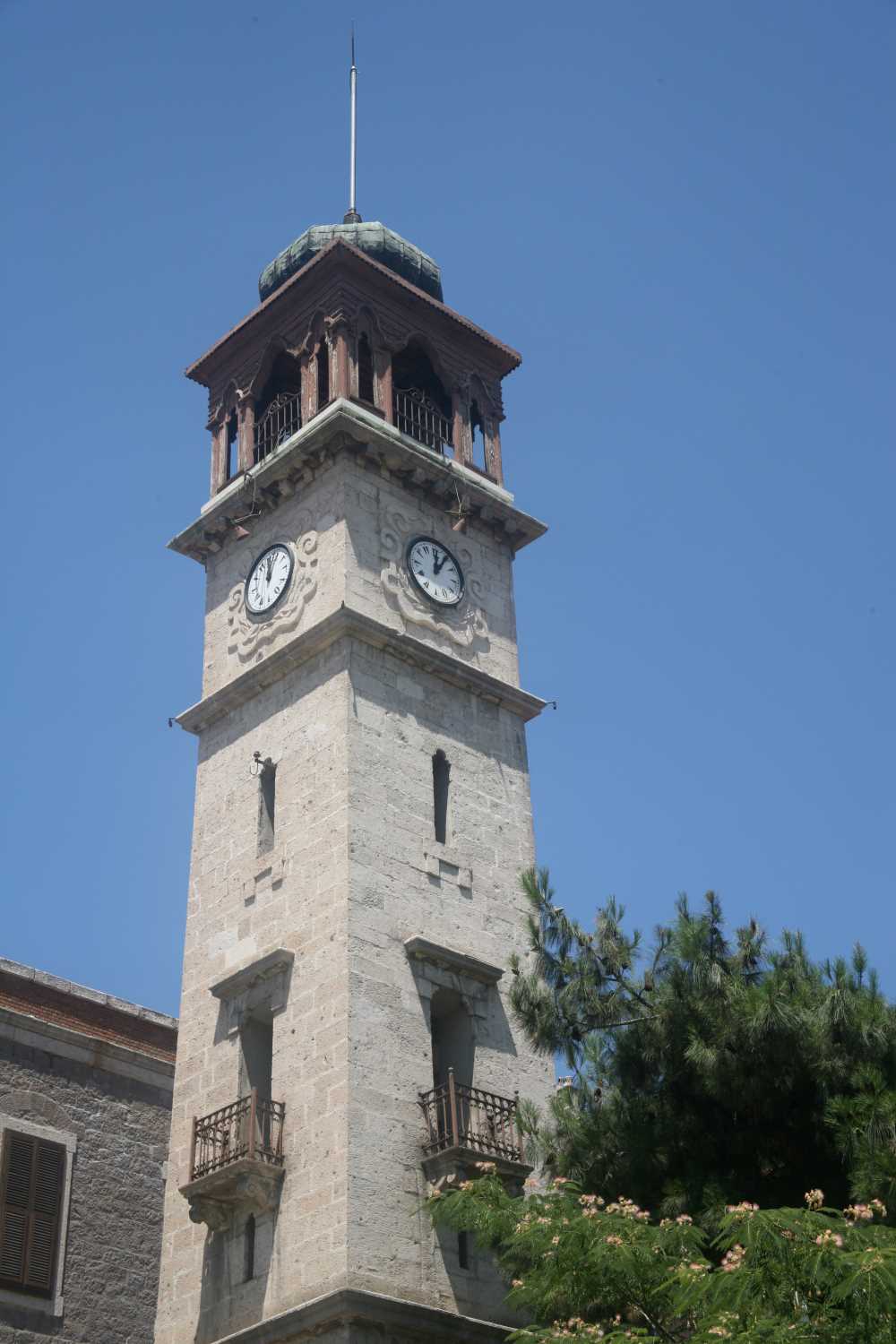
Clock tower
The historical clock tower, which welcomes you when you first arrive in the city, is the work of Crete-i Zade Mehmet Pasha, who was the Governor of Silistra and was built in 1829 according to its inscription. The building, which is 20 meters above the ground, has 5 different floors and is almost a second Galata Tower with its magnificent appearance. It has been restored many times over the years as a natural return. The building, which has become the symbol of the city, is located in the old name of the city, Dumlupınar Neighborhood, which is considered the central district of Karesi. The Clock Tower, which you can easily notice when you come to the area known as the Municipality Park, is frequently visited by tourists.
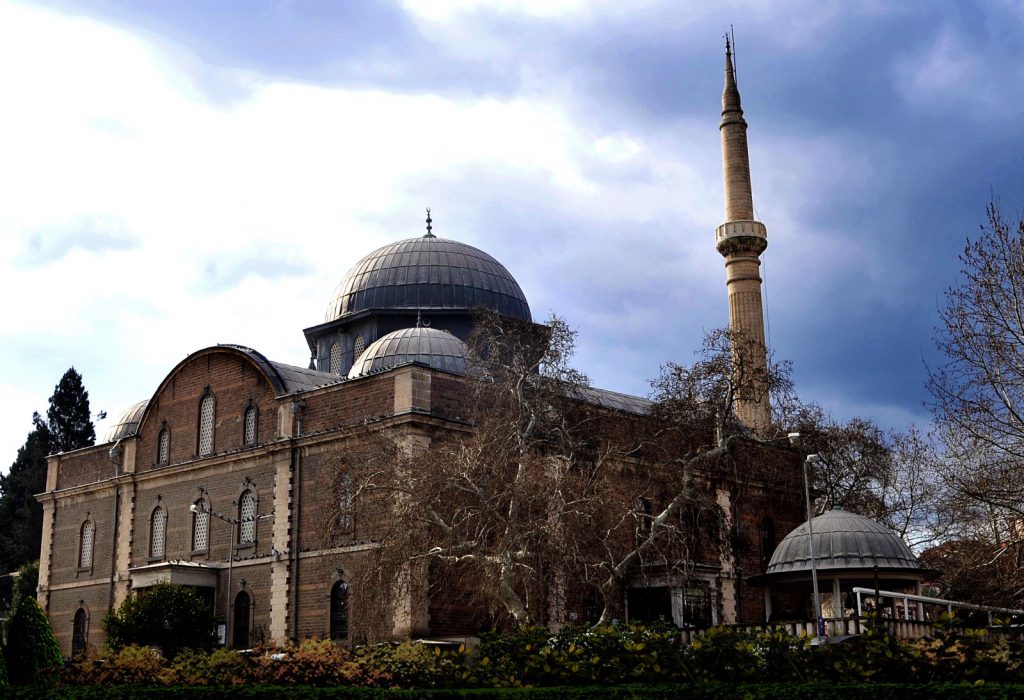
Zagnos Pasha Mosque and Complex
The mosque and complex, one of the most valuable cultural and historical buildings in the center of Balıkesir, takes its name from Zağnos Pasha, the vizier of Fatih Sultan Mehmet.
The building, which is covered with a central dome, is the largest mosque in the city and its immediate surroundings. Zagnos Pasha Mosque, which is a famous structure worth seeing with its magnificent appearance and ancient history, is known as the place where Mustafa Kemal Atatürk preached.
The square planned mosque is shown as a good example of Ottoman religious structures. Many ornaments and motifs reflecting the architectural style of the empire are important details seen on the interior and exterior walls.
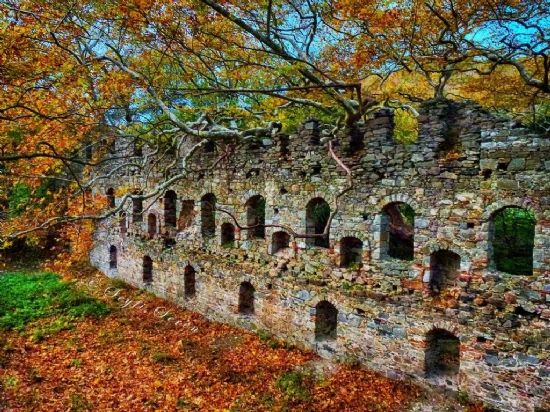
Kirazli Monastery
Kirazlı Monastery, located on a small hill between Ballıpınar and Yukarıyapıcı districts, is 20 km away from Erdek district center. The religious building, whose construction date corresponds to 1895, was built by the Greek citizens of the period. It is open to visitors as a ruined structure after the population exchange period and abandoned today.
The most important element in the monastery is the Virgin Mary Icon exhibited in the Fener Greek Patriarchate of Istanbul. With its 125 years of history, Kirazlı Monastery is one of the oldest historical structures in Erdek.
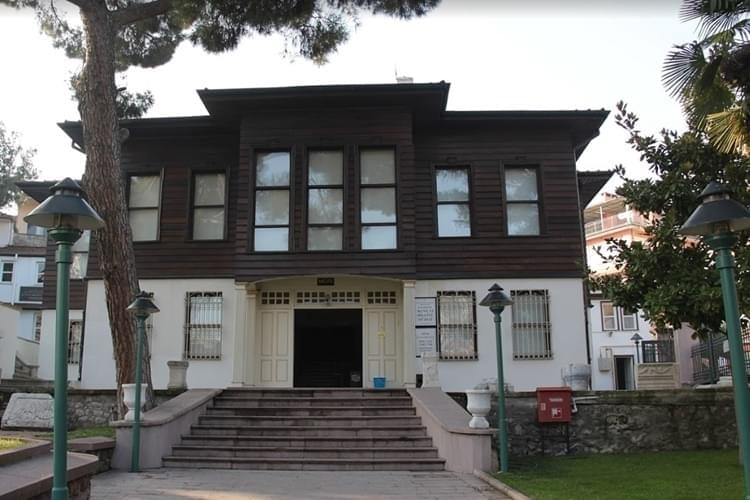
Kuvayi Milliye Museum
Located very close to the Zagnos Pasha Mosque, the museum with its works describing the military and republican struggles during the First World War is another important point to be seen in the center of Balikesir.
The museum consists of two floors. While the ground floor was designed for Mustafa Kemal and the heroes who led the struggle, the second floor contains ethnographic and archaeological artifacts, screenings and exhibitions that provide a different perspective on events from the oldest known history of Balıkesir to the present.
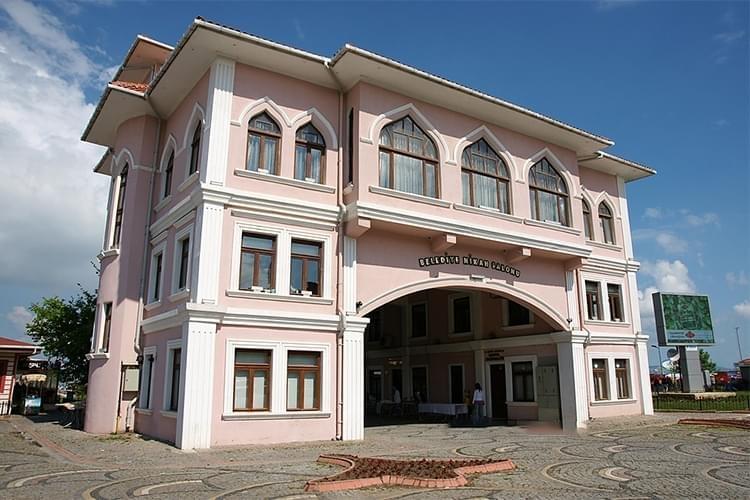
Old Pier Building
The building, which served as the town hall for about 20 years between 1933 and 1954, was first built in 1926. Originally built with three floors and domes, the building was given a flat roof that you can see today, as it could not withstand the strong winds that occur in autumn and winter.The building, which was included in the National Architectural Movement with its eaved roofs, vaults, tile coverings and cornices, including its pointed arch, stands out as a typical example.
The pier building, which has become one of the symbolic structures of Bandırma, remained at the seaside in the first years of its construction.
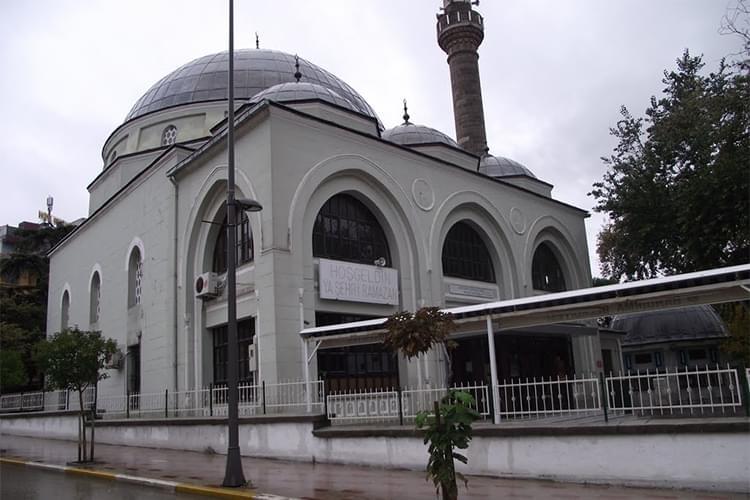
Haydarçavuş Mosque Located very close to the Cumhuriyet Square in the district center and the ruler of the period, II. The mosque, which was built by a person named Haydar Çavuş, who was sent to Bandırma by Selim, is one of the most valuable Ottoman structures of the period and today. Haydar Sergeant appears as the person who built foundation works such as a complex, school, many shops and baths in addition to the mosque. The mosque, which is one of the first known religious buildings of Bandırma district, had to be rebuilt and restored several times. According to many sources, the first construction date of the building dates back to 1582. Although the original structure built in the 16th century has not been preserved, it is quite magnificent and remarkable even in its present form. Finally, although it was not completely destroyed during the First World War, the structure, whose dome collapsed and was severely damaged, was restored and put into use in its present form. With its structural and sad history, Haydarçavuş Mosque deserves to be included in your list as a valuable Ottoman artifact that you should definitely visit on your Bandırma trip.
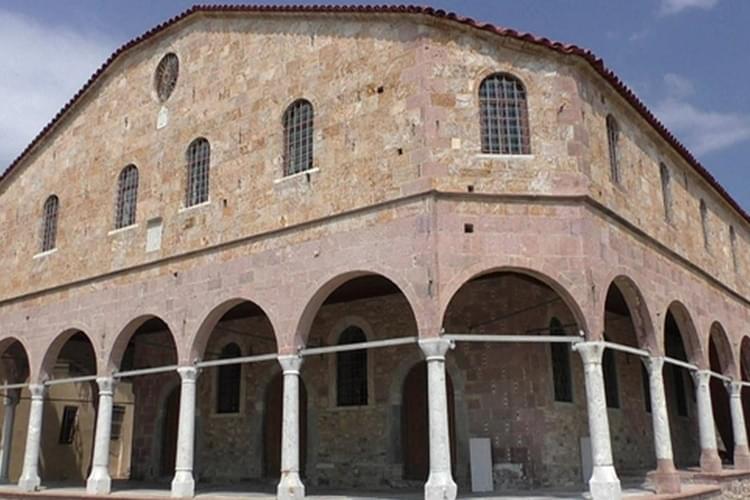
Taksiyarhis Church Memorial Museum This museum, which has the same name but is often confused with the Taksiyarhis Church on Alibey Island, is one of the most well-known historical buildings of Ayvalık. The church, which is known to be attributed to the angels Gabriel and Michael, took this name, which means guardian archangels. The building, which was built as a small religious building in the 15th century, is recorded as the oldest known church in Ayvalık. The building, which was thought to have been damaged by civilizational conflicts, was rebuilt at different times for different reasons. According to the information found over the door at the south entrance of the present church, it is thought that it was built for the second time in 1753. The third construction of the church dates back to 1844. As time passed and the Christian population in the region decreased, the building, whose use and maintenance decreased, was largely destroyed in the 20th century. Taxiyarhis, which was restored by the Ministry of Culture and Tourism in 2013 and regained its current form, draws attention with its decorations on the ceiling and marble workmanship.
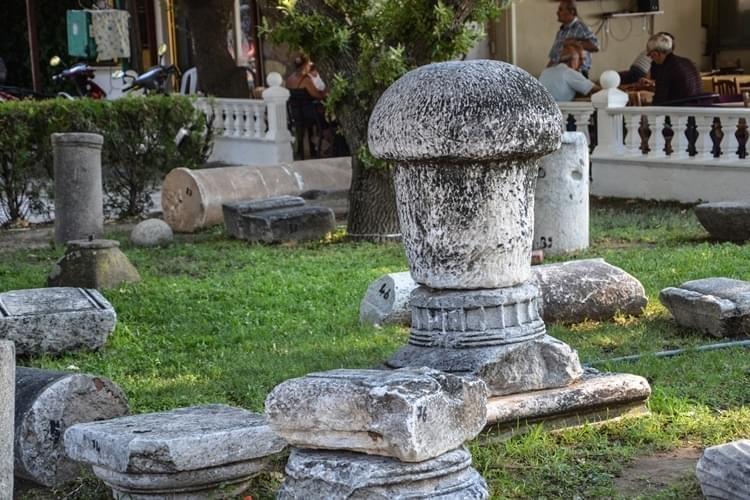
Adramytteion Ancient City
The ancient city on the borders of Ören, which is one of the central districts of Burhaniye and located approximately 2 km away, is of great importance as the settlement that gave its name to Edremit. The ancient city, also known as Old Edremit, is one of the most valuable ancient sites within the borders of Burhaniye. Although most of the ruins in the city have not survived to the present day, the visible places contain features worth visiting.
The city was one of the rare settlements that could print money in its own name, and these valuables are among the ruins that have survived to the present day. The founder of the city is recorded as Adramys, the son and heir of King Alyattes during the Lydian Kingdom in the 6th century BC.
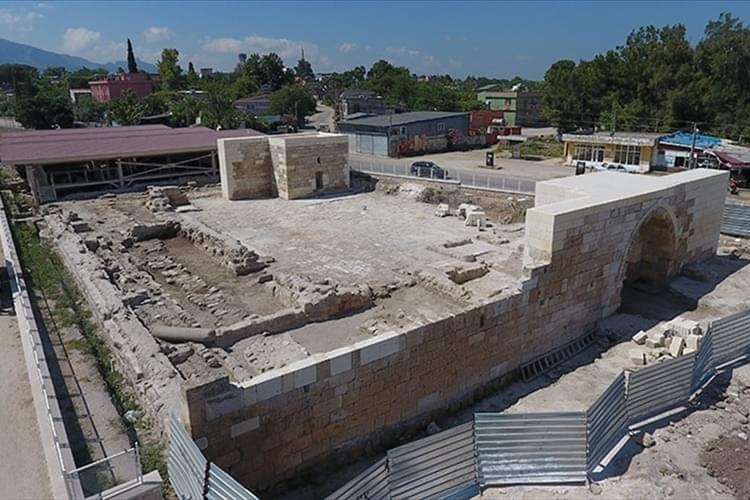
Daskyleion Ancient City
The ancient city in the immediate vicinity of Kara Dere, one of the branches of Manyas Bird Sanctuary, which is about 30 km away from Bandırma center and one of the most beautiful natural beauties of our country, is only 2 km away from Ergilli District.
The ancient city, named after Sardis, who was the Lydian King of the period and known as Daskylos, has similar features to Troy in Çanakkale and draws attention with its feature of being one of the oldest settlements of the period and the region together with this ancient city. It is of great importance because it is located in the Mysia Ancient Region. Many of the remains unearthed from the city and found as a result of excavations are exhibited in the Bandırma Archeology Museum in the town center.
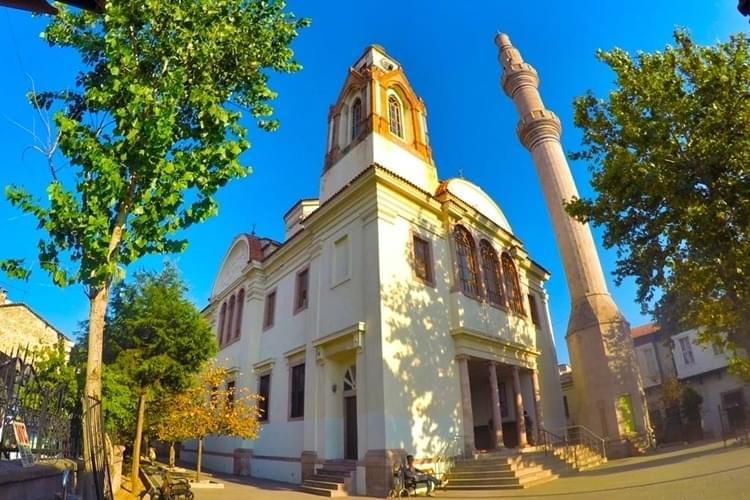
Clock Mosque
Clockli Mosque, which is one of the symbolic structures of Ayvalık district and used as a place of worship for Christians in ancient times, is one of the historical monuments that have been transformed after the population exchange. The building, which was named Aya Yanni Church when it was built in 1850, managed to become one of the most remarkable structures of the period. By 1928, it was a few years since the population exchange took place and it started to function as the Clock Mosque in order to meet the mosque needs of the Muslims who came to the region.
One of the most important reasons underlying its magnificent appearance is the exterior and interior techniques, which were built and designed according to Christian traditions.
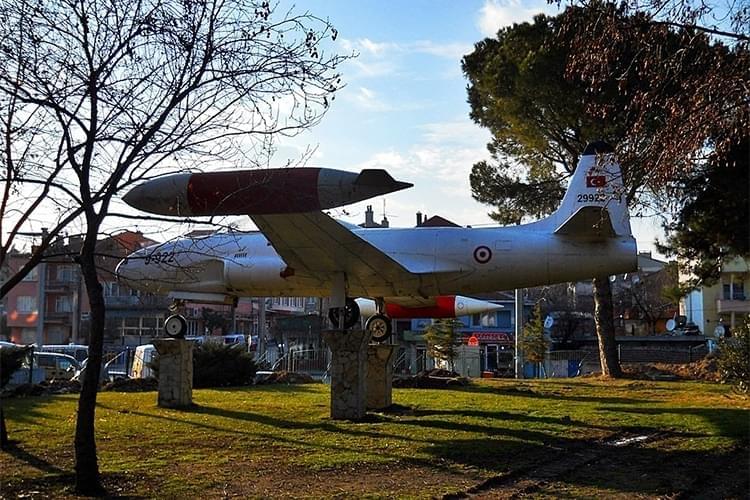
Martyrs Park
Martyrs Park, which consists of a monumental cemetery and a huge park created for our ancestors who lost their lives and became martyrs during the national struggle that started in 1915, confronts us as both a historical and a natural sightseeing spot with its cafeterias, activity areas for children and walking tracks.
In the mausoleums, there are marble columns that write the name, place of birth and date of the martyr. A symbolic statue consisting of seven moons and a star, representing the relentless struggle of seven different regions of the country for a common purpose, is also worth seeing.
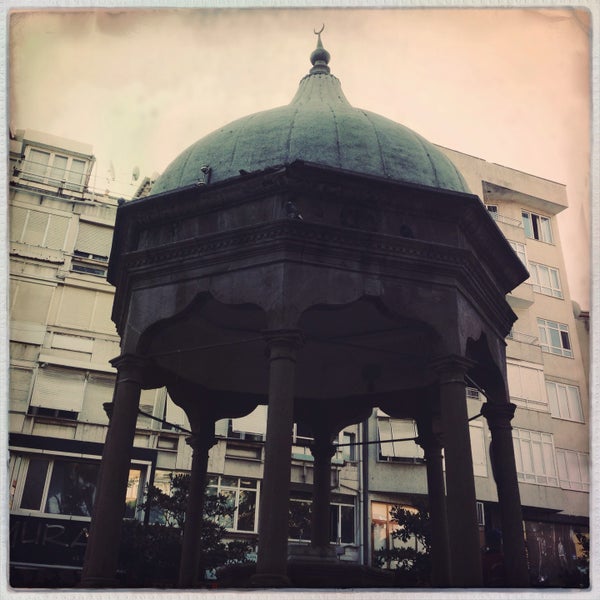
Governor Omer Ali Bey Fountain
The historical fountain next to the historical clock tower is one of the works of Balıkesir that smells of history.
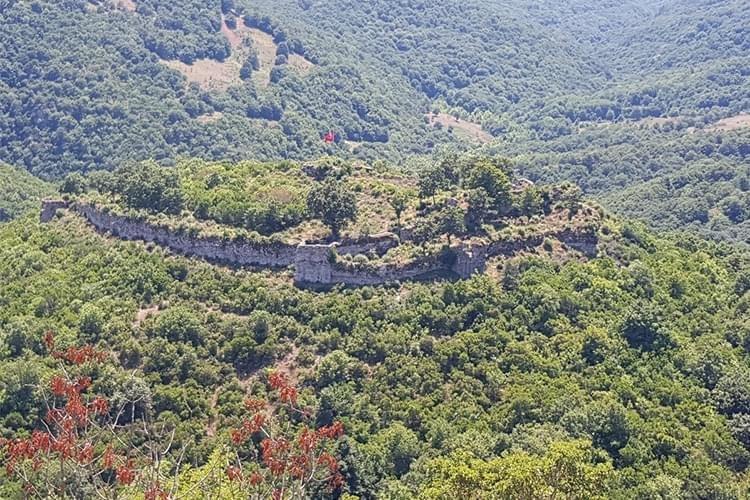
Alacaoluk Castle
Located on a relatively high hill, Alacaoluk Castle is also worth seeing with its lush green landscape and its location in an enormous natural area. Travelers, who like to visit especially in the spring and summer months, prefer to organize walking tours among these natural beauties around the castle. At the same time, photos of the surrounding landscape can be taken due to the location of the historical castle.
According to some sources and sources, the construction date of Alacaoluk Castle is 5-6 AD. It is known to date back centuries. One of the important managers of the period II. Since it coincided with the Theodosius or Anastasius I period, the building was recorded as a Late Roman structure.
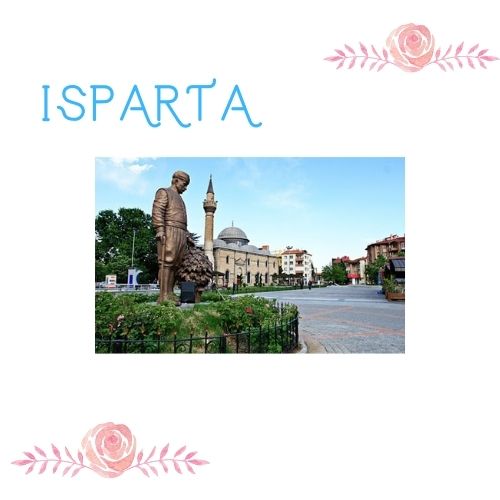
ISPARTA
Isparta is a city in western Turkey and the capital of Isparta Province. The city’s population was 222,556 in 2010 and its elevation is 1035 m. It is known as the “City of Roses”.
Isparta is well-connected to other parts of Turkey via roads. Antalya lies 130 km to the south and Eskişehir is 350 km to the north.
HISTORY
Isparta is a Turkish spelling of Greek Sparta, by prothesis declustering.
Isparta was said to correspond to the ancient city of Baris, which is a namesake and was part of the Roman province of Pisidia.A later theory has it instead as the Eastern Roman fortress Saporda; in Muslim sources it appears as Sabarta. GE Bean characterized the situation thus: “These perpetually shifting conceptions leave the reader quite bewildered.” Modern scholars locate Baris near Kılıç, in Keçiborlu district, Isparta province.
At an early stage it became a Christian bishopric, a suffragan of the Metropolitan see of Antioch of Pisidia, the capital of the province. The names of two of its bishops are known with certainty: Heraclius participated in the First Council of Nicaea in 325 and Leo in the Second Council of Nicaea in 787. In addition, Paulus was at the Council of Constantinople (869) and Stephanus was at the Council of Constantinople (879), but one or both of these may have been of the Baris in the Roman province of Hellespontus.Like most sees in Asia Minor, it faded away.
ANTIOCHEIA-ACIENT CITY
Being located 1 km on the north of Yalvac District and founded in Hellenistic Age, the ancient city has remainings belonged to Roman and Byzantian Civilizations. It is known that St. Paul preached his first sermon and in later times a church dedicated to him was located in the city. Augustus Temple, churches, theatre, Roman Bath, Tiberius Square, propylon, monumental fountain, colonnade and aquedacts have reached to the present.
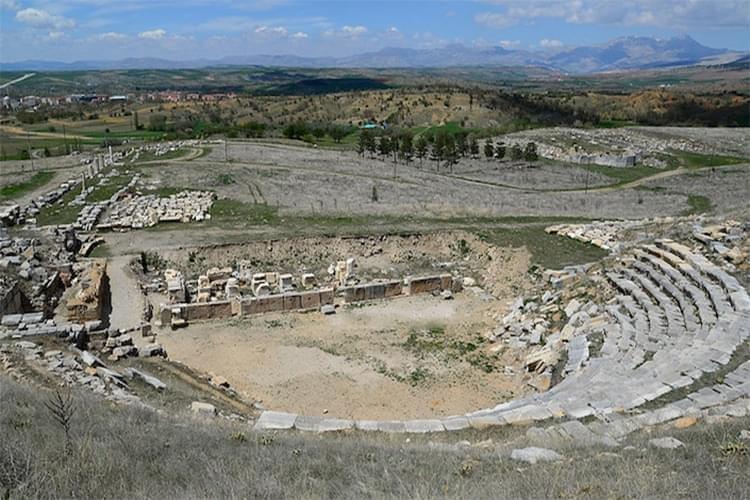
ATABEY ERTOKUŞ MADRASAH
Madrasah, was built by Seljuk commander Mübarizeddin Ertokuş in 1224. The stones of the madrasa were brought from the ruins of Agrai (Atabey) and Seleukeia Sidera (Bayat). The madrasa enters the alar Closed Type Medrese be type and consists of the outer courtyard, inner courtyard and tomb and madrasa rooms. The cells of the madrasa are on the ground floor and they are domed. The inner courtyard has a pool and an open dome on the middle. This dome is based on four marble poles with half arches. The portal of the madrasa and its niches were treated with a simpler decoration than the later Seljuk madrasahs. But in this simplicity, the portal has been created with a few borders to create a mature facade effect. Since there is no decor in the madrasa, only a different expression based on architectural force was obtained. Here, there is a lesser effect on size and harmony. It is one of the rare examples of Anatolian Seljuk works with stone mihrab. It was restored in 1991 by the General Directorate of Foundations.
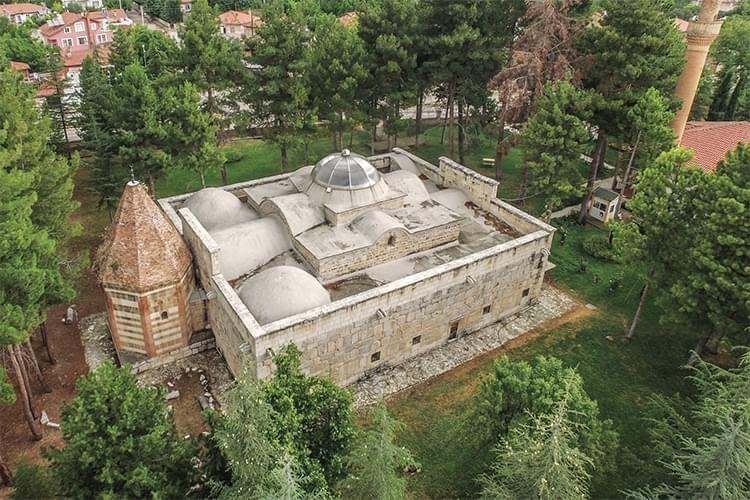
EĞİRDİR CASTLE
It is in Eğirdir, the district of Isparta Province. Located at 37°52′33″N 30°51′11″E is on an isthmus of Eğirdir Lake.
There is no written account of the construction date of the castle. According to local tradition it may be as old as the Lydian Kingdom (BC 6-7 centuries) But judging from the masonry it was constructed or reconstructed during the Roman Empire or the Byzantine Empire eras. In the early 14th century Eğirdir was the capital of the Anatolian beylik of Hamidids. According to the inscription of the castle, it was restored by Dündar of Hamidoğlu in 1307. However, during the campaign of Timur in 1402, it was partially ruined. During the Ottoman Empire era the castle was a small military post.
The castle was primarily built against the attacks from the lake and it is only about 15 metres (49 ft) high. Because of the urban settlement on the ruins, the size of the original castle is not known But the area of the inner castle is about 4,500 square metres (48,000 sq ft).
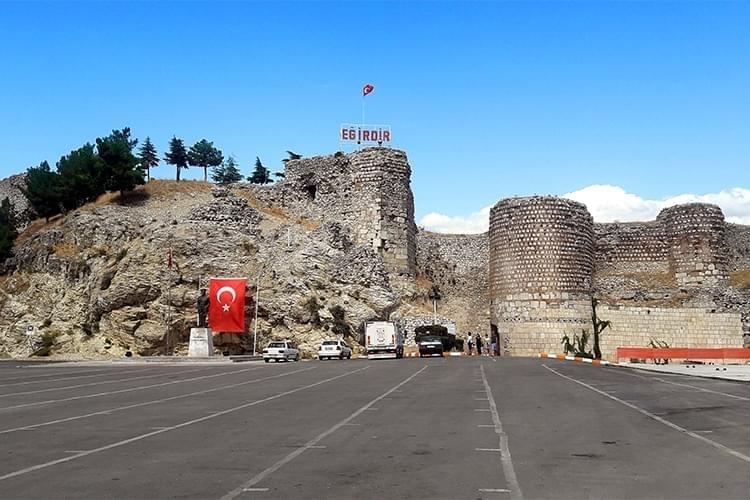
MEN TEMPLE
The temple in the 4th century BC in the name of the Moon God is one of the important stops of cultural tourism with its rich historical texture. You should add Men Temple, an important center of Isparta history, to your Isparta list of places to see.
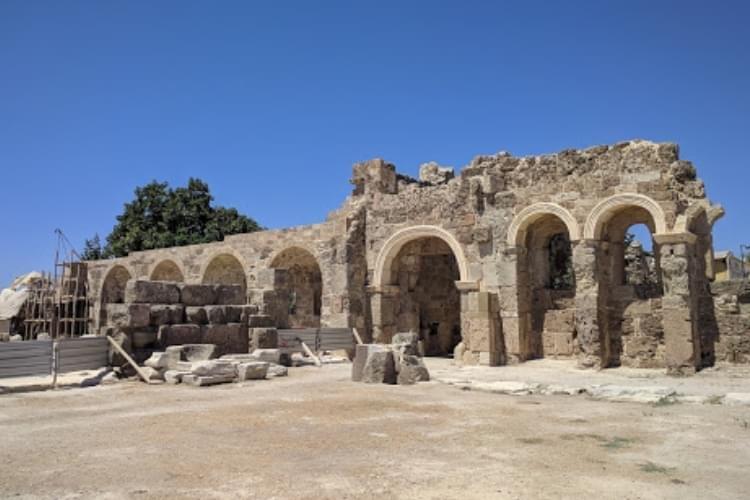
PINAR GÖZÜ CAVE
Pınargözü Cave: literally “eye of the water), is a cave 18 kilometres (11 mi) west of the town of Yenişarbademli in Isparta Province, TurkeyIt is considered the longest cave in Turkey, although it has not yet been fully explored, and the precise extent to which it has been explored is in dispute.
The entrance is on the slopes of Mount Dedegöl at an elevation of 1,550 metres (5,090 ft), in a forested area of the Kızıldağ National Park. It is easily recognized by the stream of water that pours continuously from its mouth, called the Devre Su.A constant wind of up to 166 km/h (103 mph) blows through the cave’s narrow opening due to the chimney effect.
Since its discovery, surveyors have considered the cave extremely difficult to explore, owing to the numerous waterfalls, flooded passages, and traverses withinAs a result, it is not included on the list of Turkish caves open to the public. Access is only permitted to approved professionals with appropriate caving gear.
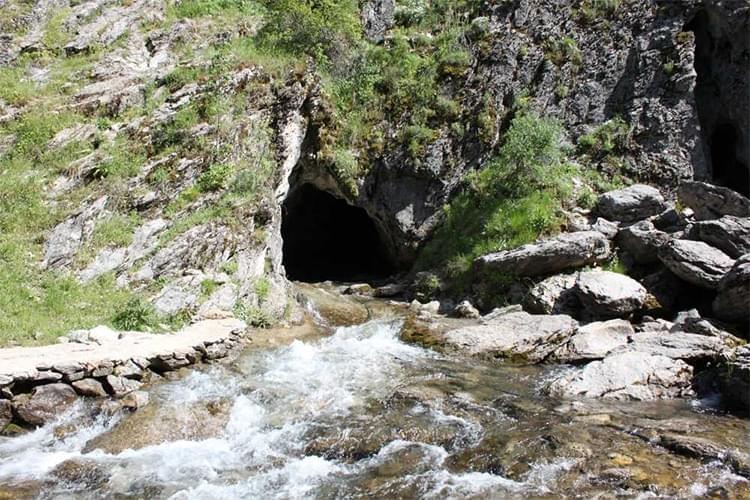
The MADRASA of DUNDAR BEY
Dündar Bey Madrasa, , also called Taş Medrese (“Stone Madrasa”), is a historical madrasa in Eğirdir, Turkey. Madrasa is a medieval Islamic educational institution. In the 1960s, it was restored, and now used as a bazaar.
The madrasa was built in 1301. It was adjacent to the now-extinct city walls. It is a two storey building with two iwans and an open cloister. It has two inscriptions. The one on the iwan is about Dündar Bey and the other one on the crown gate is about Keyhusrev II (1237-1246 ), a Seljukid sultan and not a contemporary of Dündar. The gate was from a former caravanserai built by the sultan close to Eğirdir. There are also some other collected material in the building, such as Byzantine column capitals.
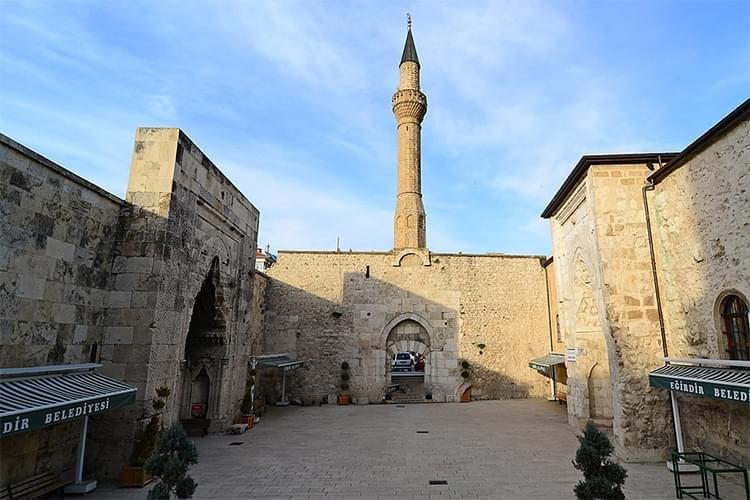
ISPARTA MUSEUM
Isparta Museum is a museum in Isparta, Turkey. It is on Millet street in Isparta at 37°46′15″N 30°33′30″E.
The museum was opened on 6 March 1985. Following a restoration it was reopened in 2003.
There are four main halls; archaeology, ethnography, treasure and carpet. Also in the passage to archaeology hall a typical Isparta house is displayed.
In archaeology hall, sculptures, iconas and steles are displayed. Most important item is a Eurymedon sculpture from Aksu Zindan cave. In treasury hall, coins of Hellenistic Pisidia, Roman Empire, Byzantine Empire, Seljukid, Ottoman Empire and other Islamic age coins are exhibited. Ottoman medals are also exhibited in this section. There are illumination gadgets, clothes, accessories, weapons, firmans (decrees), weighting instruments, coffee accessories are in the ethnographic hall. Carpet hall especially notable for Isparta is known as one of the carpet and rose producing cities of Turkey. In this hall in addition to Isparta carpets, carpets from Uşak, Gördes, Çanakkale, Bergama, Antalya , Nevşehir, Kırşehir, Kayseri, East Anatolia and Konya are exhibited. Instruments for distillation of attar of roses are also displayed in the carpet hall. Finally in the yard of the museum, rock carved items such as tombstones are displayed There are 16911 items (including coins) in the museum
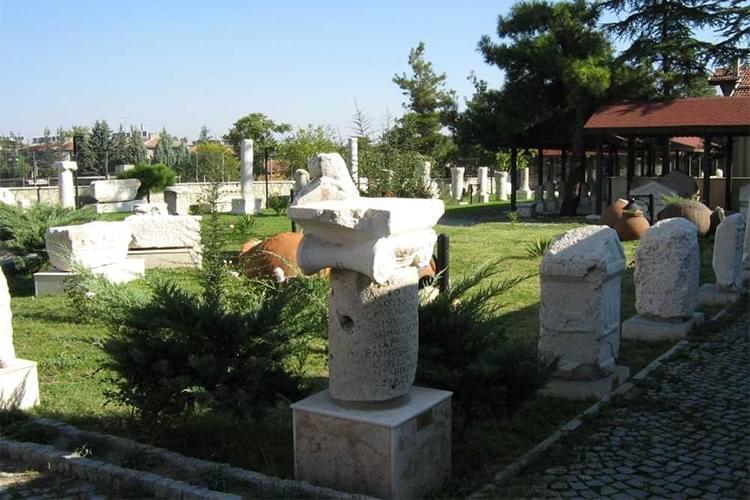
ISPARTA YALVAÇ MUSEUM
The museum consists of two main parts: garden exhibition and indoor exhibition. Indoor exhibition are arranged in halls to display prehistoric artefacts, classical artefacts, ethnographic artefacts and also include St. Paul hall. In the Hall of prehistoric artefacts, small artefacts from the Yalvac area and from various excavations, as well as artefacts donated by and purchased from individuals are exhibited. There are numbers of mammal fossils (Rhino-Ceratotherium, mammothMastodom, horse-Hippßarion, carnivores and deer-Bovidae), terracotta arteifacts from the old Bronze Age and especially vases, bowls without handles and artefacts in different forms, ritual vessels such as, Dephas ( amphikypellon) , rithons, pottery bearing the effects of the Hittite period, (3rd – 2nd millenium B.C.) hand axes, various stamp seals, various heavy weights and brush used in the making of ceramics, Goddesses made of terracotta from the Neolithic to the old Bronze Ages in order to show the culture of the Mother Goddess, and terracotta and marble idols are exhibited in the display cases. In the Hall of classical artefacts, finds from the excavations at the Pisidia Antiocheia and the Sanctuary of Men and artefacts donated by or purchased from individuals are displayed.
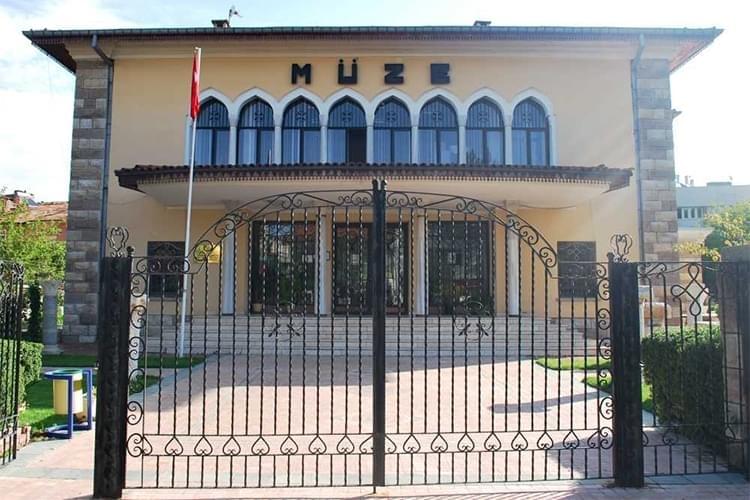
ISPARTA ULUBORLU MUSEUM
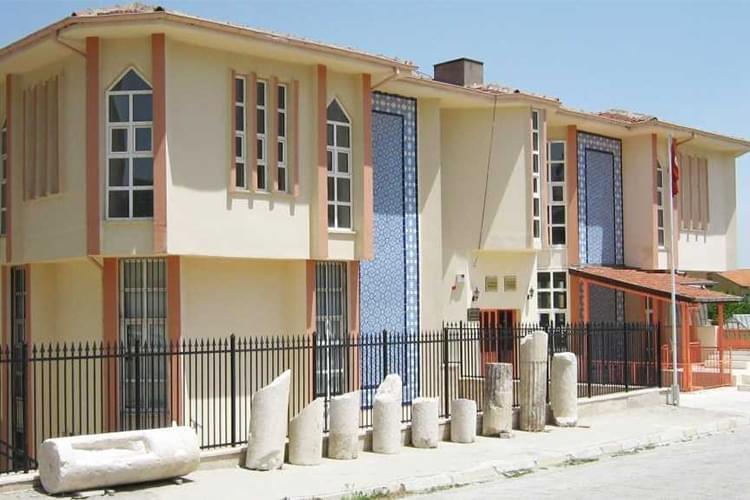
ULUBORLU CASTLE
Uluborlu Castle is a ruined castle located in Uluborlu town in Isparta Province in the Mediterranean region of Turkey. The castle was originally Roman and then rebuilt in the Byzantine Period, using Roman Period materials. It was later repaired by Seljuks and Hamidids.
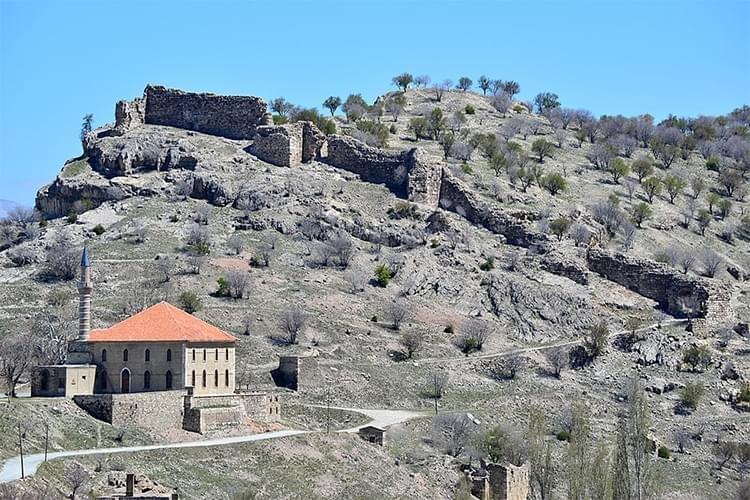
KOVADA NATIONAL PARK
Kovada National Park, which is about 30 km from Eğirdir, offers great opportunities for hiking and enjoying the abundant flora & fauna of the nearby Kasnak Forest.
Beautiful hiking trails and a lot of nice viewpoints are waiting for you. Take a Pique-Nique, relax and enjoy the scenery. The area is especially known for its butterflies and beautiful wild mountain flowers.
If you are lucky, strolling around, you may also see wild boar, weasel, badger and a lot of birds, such as woodcocks. A lot of trails lead through the national park and around the lake. At the National Park, you can spend some hours or even the entire day.
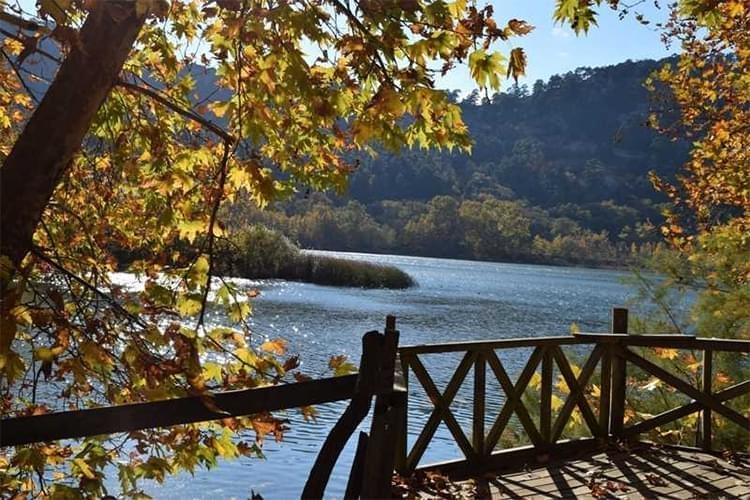
DAVRAZ SKIING CENTER
This ski resort is one of Turkey’s major ski center, comes to the fore with the winter holidays. Located at 2635 meters altitude on track in Turkey’s highest level, it is an ideal area for ski enthusiasts. We strongly recommend you to visit Davraz Ski Center which is one of the most important places to visit in Isparta, Turkey.
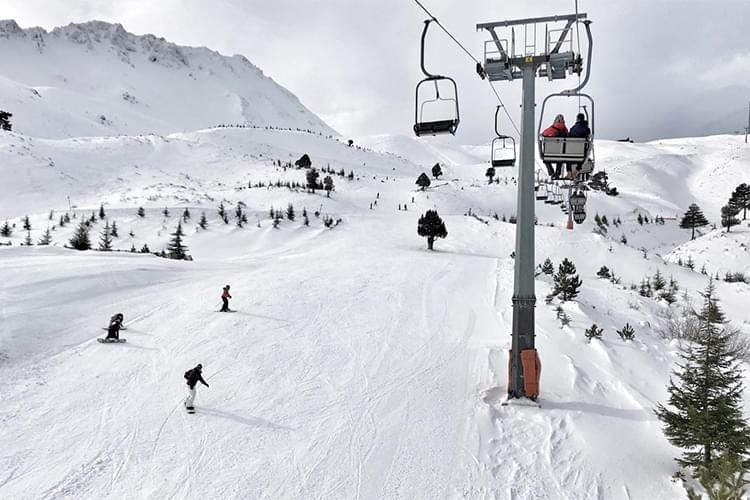
GÖLCÜK CRATER LAKE
Gölcuk is volcanic lake in Isparta.ıT is surrounded by mountains so has a fascinating view.
It is a wonderful place to visit, only a short distance to the City for the picnickers. Not many people are swimming, unless you are a good swimmer do not swim out, Plaese DO NOT DIVE to un known depth.
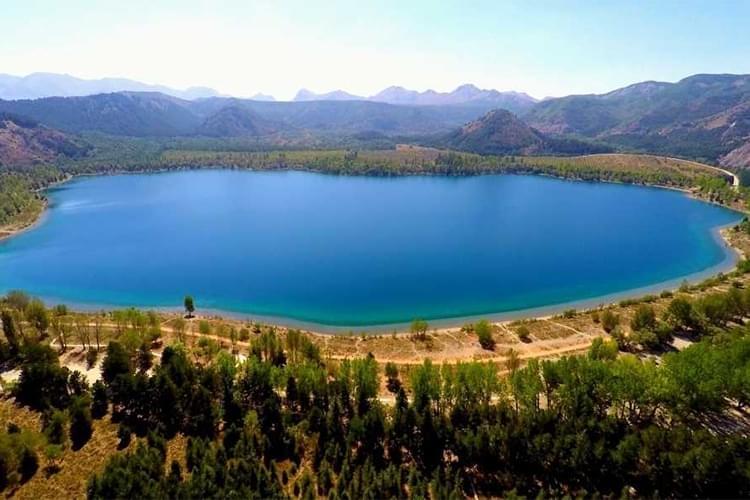
EĞİRDİR LAKE
Eğirdir (Turkish: Eğirdir Gölü, formerly Eğridir) is a lake in the Lakes Region of Turkey. The town of Eğirdir lies near its southern end, 107 kilometers (67 mi) north of Antalya. With an area of 482 square kilometres (186 sq mi) it is the fourth largest lake in Turkey, and the second largest freshwater lake.
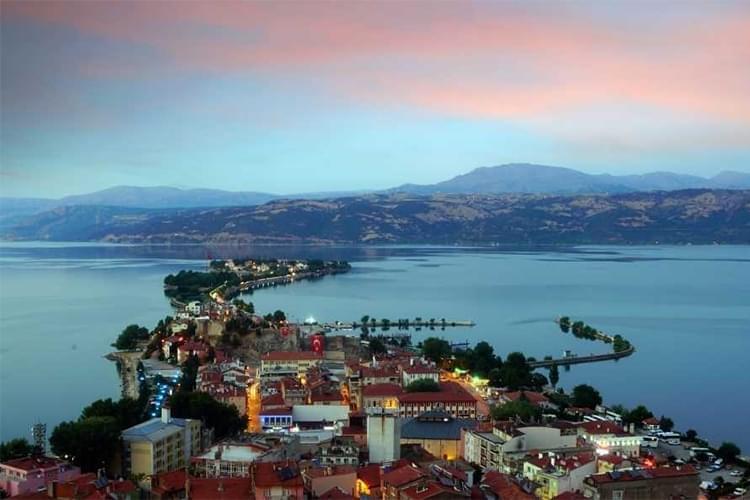
KIZILDAĞ NATIONAL PARK
Kizildag National Park, which has a complete oxygen reservoir with oak and oak trees, has healing properties among people with respiratory problems. Moreover, Turkey’s blue-leaved forest of cedar is one of the aspects is striking. Kizildag National Park, which is a magnificent example of Isparta natural beauty, is definitely worth a visit.
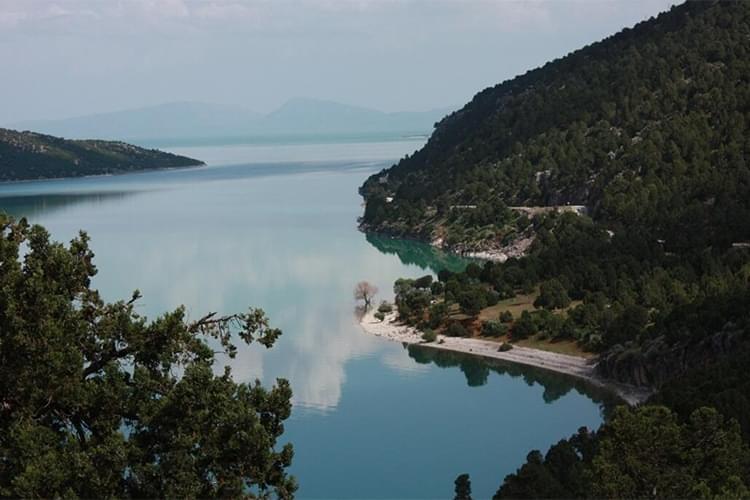
LAVENDER VALLEY
Lavenders, which give a positive energy with their purple colors, create a visual feast as they stretch towards infinity in the fields. Of course, Isparta is the address for walking in the scent of lavender, dancing with the yellow lights of the sun and getting detailed information about lavender cultivation in Turkey.
Kuyucak Village, known as Lavender Valley or Lavender Scented Village, hosts many visitors from different parts of Turkey every year during the summer months. In this season, all the valleys, fields and hills on the Kuyucak side are always painted purple. It is possible to see couples and travelers competing to take pictures in the lavender fields. Life flows enthusiastically in the lavender valley, which fascinates people of all ages.
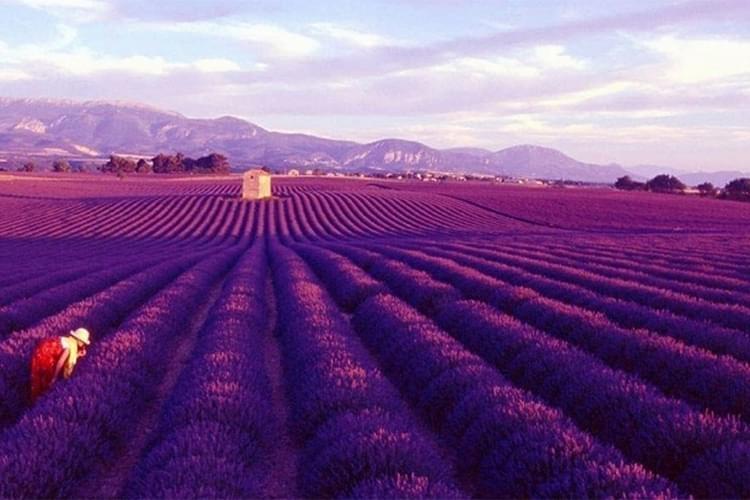
MİLAS NATIONAL PARK
It is one of the most popular places that can be used as a picnic and recreation area, 10 km away from Isparta city center. Nature Park takes its name from Gölcük Lake, which it contains. Gölcük Lake and its surrounding natural beauties have sights worth seeing. The lake is surrounded by volcanic ash hills reaching 150-300 m. The diameter of the lake, which resembles a circle, reaches 32 m in some places. All infrastructure facilities are available for picnic on the lake shore. There is a restaurant. On 05.07.1991, Gölcük Lake and its surroundings were declared as Nature Park. A revision study was carried out on 23.11.1994; (The same border was declared again with the Decree of the Council of Ministers on 19.11.2008.) There are red pine, black pine, oak, cedar, acacia, maple and other maquis plants, rabbits, foxes, squirrels, turtles and various bird species in Gölcük Nature Park. . Together with the Nemrut caldera, it is one of the two calderas (explosion crater) of our country. It is the only caldera of Western Anatolia. Therefore, it is a place that must be protected.
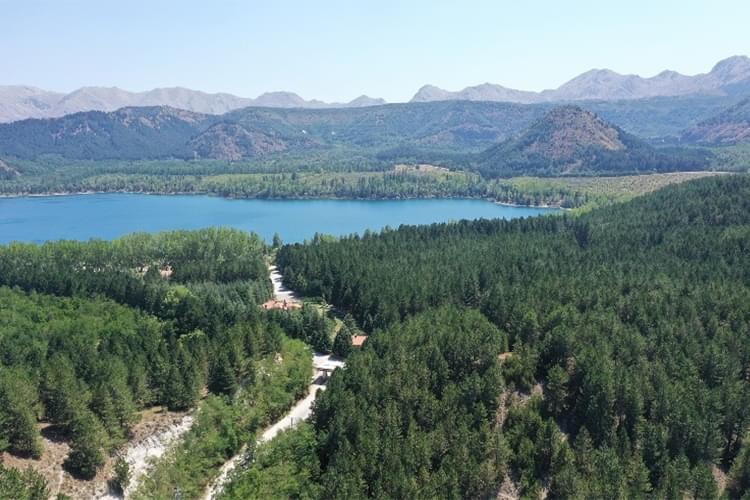
ZİNDAN CAVE
Zindan Cave is within the borders of Aksu district of Isparta province. It is located approximately 2 km NE of Aksu center, at 37°48′58.41″N 31°05′10.80″E.
The altitude of the cave is 1300 m and its length is 756 m. The horizontally developed cave is semi-active. The underground stream flowing from the cave has formed various erosion and accumulation forms. Dripstones, stalactites and stalagmites, miniature canyons were formed. In the last part, the area with mosaic-shaped calcite crystals on the ground is called a bath. It has been determined that the magnesium and calcium values of the stream inside the cave are high.
At the entrance of the cave, there is a mosaic of the God of Bridge Stream (Eurymedon) made of red, black and white stones (tessera). It is more suitable for visiting between April and December when the waters are low. 10,000 people visit the cave annually
The cave was formed on cracked limestone rocks under the control of N-S trending faults. There is an ancient open-air temple in front of the cave. Finds dating from the early Hellenistic period to the Seljuks were unearthed from this area. On the hill opposite the cave entrance are the remains of the Monastery Church.
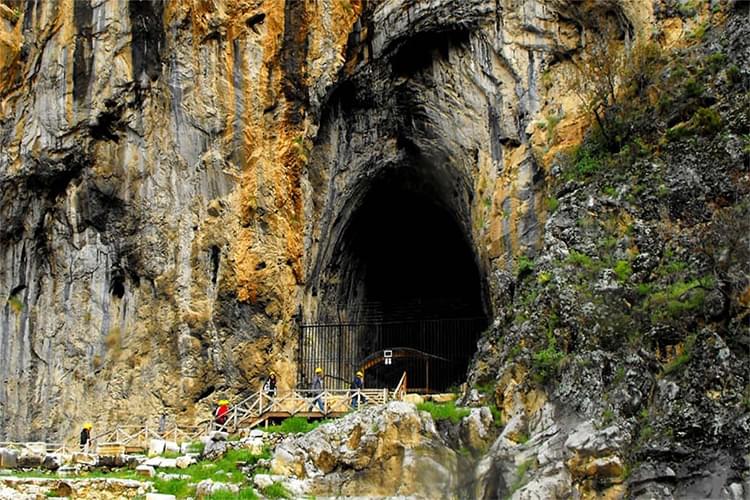
SALDA LAKE
Lake Salda is a mid-size crater lake in southwestern Turkey, within the boundaries of Yeşilova district of Burdur Province. It lies at a distance of about fifty kilometers to the west from the province seat Burdur.
Lake Salda is often included in the Turkish Lakes Region that extends across inner western to southern Anatolia, especially Isparta Province and Afyonkarahisar Province, although Lake Salda is geographically separate from the larger lakes, which are more to the east and, being a crater lake, is morphologically different from these tectonic lakes.
The lake area covers 4,370 hectares, and its depth reaches 196 meters, making it one of the deeper lakes in Turkey, if not the deepest. The lake sedimentary records show high resolution climate changes that are related to solar variability during the last millennium.
The lake is a popular excursion spot for people across the region or from beyond, the more so due to the hydromagnesite mineral found in its coastal waters, which is believed to offer remedies for certain dermatological diseases. The shorelines, surrounded by black pine forests, are also popular among hunters, the game and the fowl available including quails, hares, foxes, boars and wild ducks, aside from the lake’s fish. White sandy beaches, limpid water and seven crystal-white islets within the lake complete the scenery.
A township that starts almost at the shore to the southwest of the lake carries the same name, Salda. The local administrative seat of Yeşilova is located to the east of the lake at a distance of about four kilometers and Yeşilova municipality manages the lake’s camping facilities.
Its peculiar morphology has led to a number of academic studies conducted on Lake Salda. The unusual alkaline nature of the lake means that is one of the few locations where ancient stromatolite algae still grows.
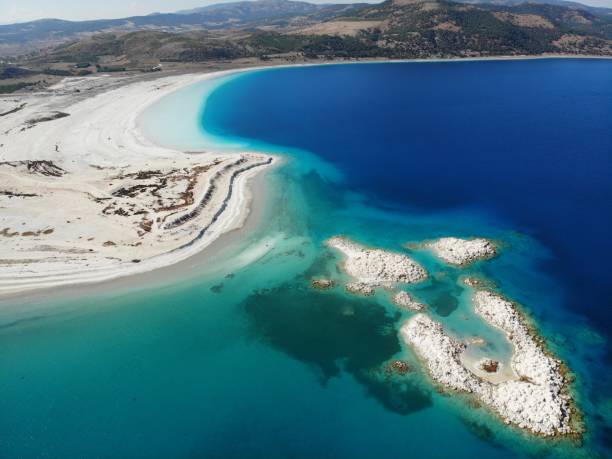
Published: Oct 16, 2021
Latest Revision: Oct 16, 2021
Ourboox Unique Identifier: OB-1212461
Copyright © 2021








